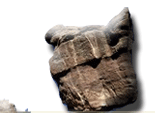Southeast Region
Sand Creek Massacre National Historic Site, Kiowa County, CO
| by Tom Stockman |
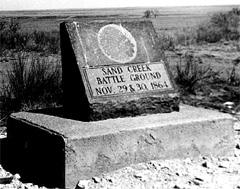
The Sand Creek Massacre National Historic Site may be way off the beaten path for most Colorado tourists, but it is very high priority for four different Native American Indian tribes. The Southern Cheyenne, Southern Arapahoe, Northern Cheyenne, and Northern Arapahoe tribes all are involved with the U.S. National Park Service in commemorating this site. On November 29, 1864, at dawn, the Colorado First and Third Cavalries under the command of Colonel John Chivington attacked defenceless Indian encampments along Sand Creek in what is now Kiowa County in eastern Colorado. This was during the "Colorado War" between the U.S. and those Indian tribes, plus the Kiowa Indians, during the Colorado Gold Rush. Tens of thousands of prospectors and opportunists broke U.S. treaties with the Indians by trespassing on Indian lands, most simply crossing the arid plains of eastern Colorado, some illegally settling on those lands. 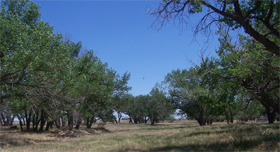
These Indians, under peace-maker Chief Black Kettle, had already given themselves up at Fort Lyons, Colorado, and were travelling to a reservation in Oklahoma, and believed themselves under amnesty, and safe from U.S. forces. These were the more peaceful factions of the Native Americans in Colorado. Instead, with the tribal warriors away hunting bison and deer, the encampments on Sand Creek were attacked at dawn in late November, by cavalry, riflemen, and artillery. Women, old men, and children were gunned down, blasted by cannon, and shot in the back as they fled, with hands held over their heads to show their surrender and submission. Body parts were later paraded through the streets and theatres of Denver. This initiated a long-standing, bloody war between U.S. expansion westward and Native Americans, culminating in Custer's Last Stand, a bloody slaughter of U.S. Cavalry at the Little Big Horn. Chief Black Kettle, who still kept to his peaceful ways, was later killed in a similar dawn attack on November 27, 1868, at present-day Cheyenne, Oklahoma on the banks of the Washita River, with U.S. forces led by none other than Lt. Col. George Custer. Read more about the Sand Creek Massacre 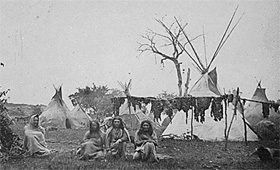
136 years after Sand Creek, the U.S. government was finally ready to acknowledge this chapter in its history with an Historic Site. In 2000, U.S. President Bill Clinton signed legislation authorizing the National Park Service (NPS) to study the incident and acquire land to commemorate the site. In 2005, enough was accomplished towards that goal to enable President George W. Bush to give final approval. Identification of the actual site was the stickiest issue. The encampments were up and down Sand Creek, and the Indians fleeing the carnage ran even further up and down the creekbed. Current archeological research currently points to the Dawson Ranch area as being the focal area, and James Druck purchased the land in 2003, then gave ownership of the Sand Creek section to the Southern Arapahoe tribe in the early 2000's. 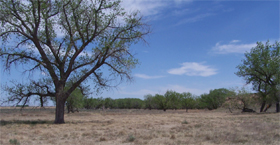
The Southern Cheyenne plan a ceremony in April 2007 to turn over to this land to the National Park Service Indian Trust Lands. Deals with more landowners in the area still have to be made with the National Park Service to fill out the park, and those purchases are proceeding. And plans are that late in 2007, the Sand Creek Massacre National Historic Site will open permamently to the public. Read more about the Sand Creek Massacre |
- Directions: As of 2006, this National Historic Site is not yet officially open, but find ghost town Chivington (east of Eades, Colorado, on Colorado Highway 96), go east 1/4 mile, turn north on County Road 54 and drive 8 miles to the end of the road. Turn east on "Road W", and as you drive the next 1-1/2 miles, you're seeing the Sand Creek Massacre National Historic Site on your left. Hop the fence (the Site is not yet officially open) and you're in.
Back to Attractions List
Browse Previous Page or Next Page



